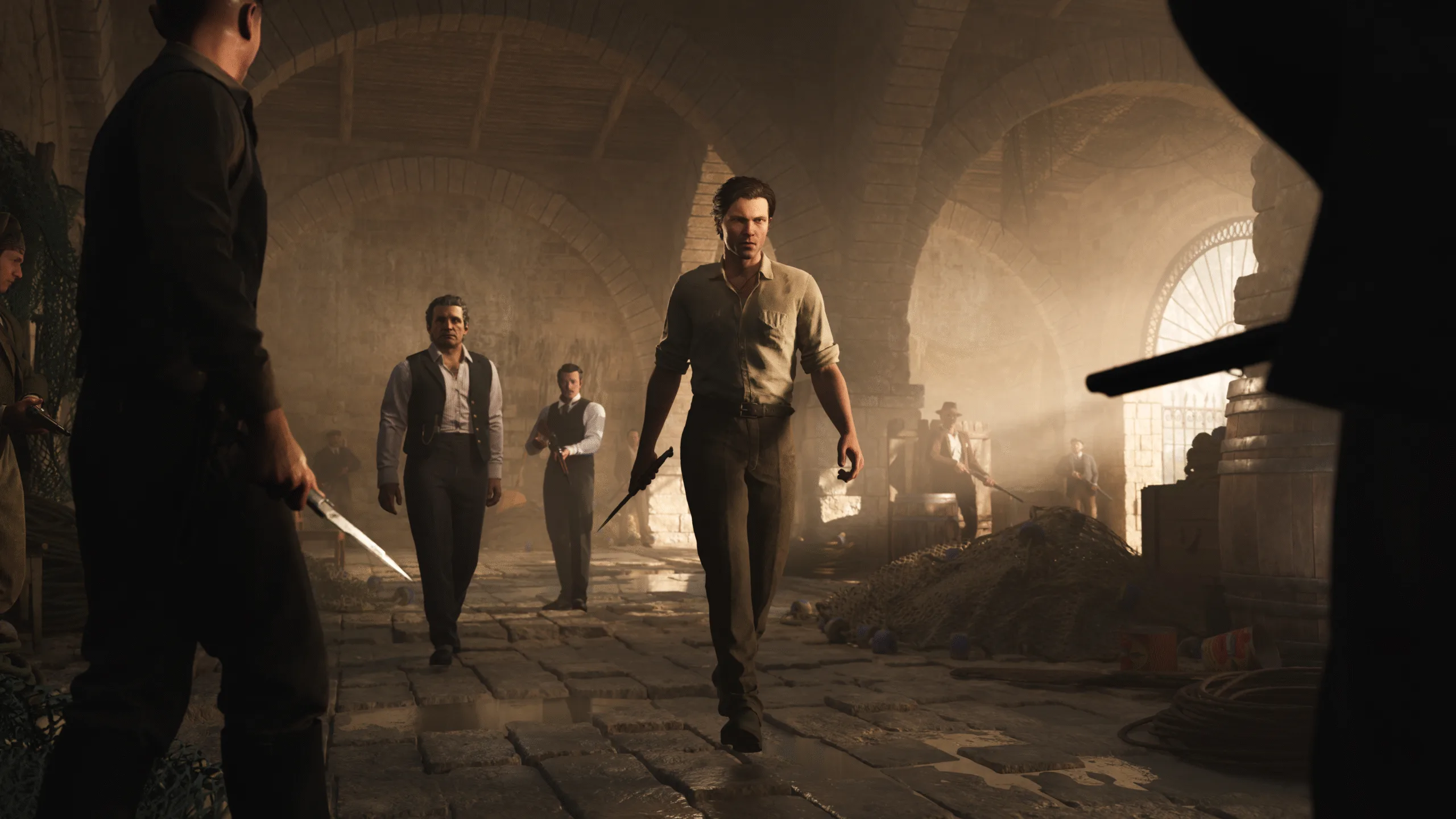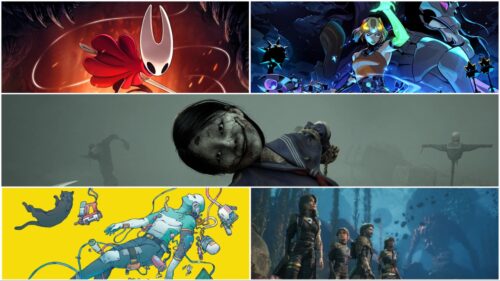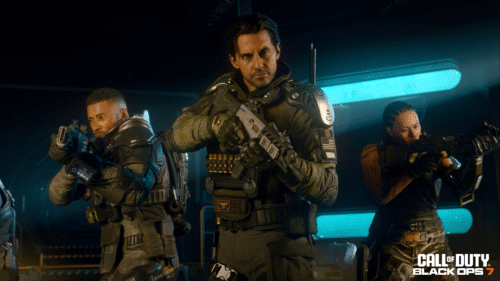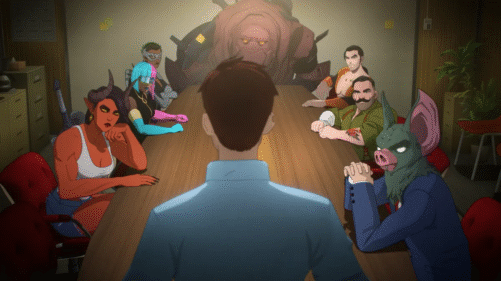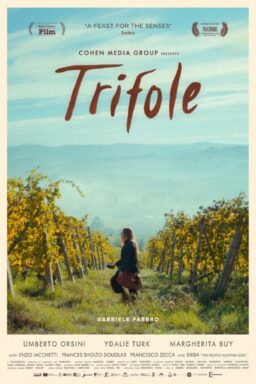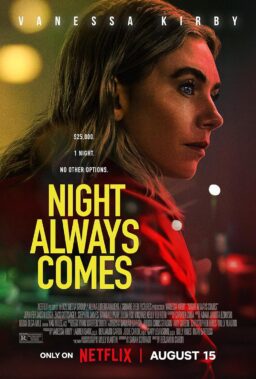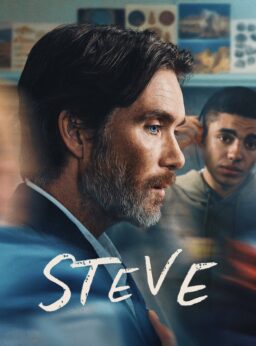Video games and film/TV have long had a symbiotic relationship, influencing one another even more in an era when titles like “The Last of Us” and “Fallout” have become critical darlings in multiple forms. What’s even more entertaining for lovers of film and games is when the influences aren’t quite as direct as the art of adaptation; think of the way Indiana Jones shapes “Uncharted” or the various familiar faces in something like “Death Stranding 2.” Sometimes it’s just the art direction of a well-considered game or, if we’re lucky, the storytelling that echoes the work of a screenwriter instead of a committee. Playing “Mafia: The Old Country” is not unlike watching a 14-episode streaming series, one that pays homage to genre classics like “The Godfather, Part II” and “Once Upon a Time in America” in its telling of a story of a man who rises quite literally from the sulfur mines to the top of organized crime.
In an era dominated by open-world games with RPG elements, the latest from 2K is largely a throwback, offering a contained narrative that avoids the repetition often found in games like this one, which mistakes doing the same thing repeatedly for entertainment. Some will bemoan the short length of “The Old Country” (it’s only about 12 hours, and those who skip conversations or transportation scenes could cut that significantly), but the lean nature of the storytelling here is refreshing in a time when most games are undeniably flabby. If anything, the flirtation with open-world elements like a map that you don’t need and collectibles that can be found around the game world is almost a distraction. I gave up on hunting in the manner I usually do for most open-world RPGs, grabbing collectibles if I found them, but instead focused on the storytelling.
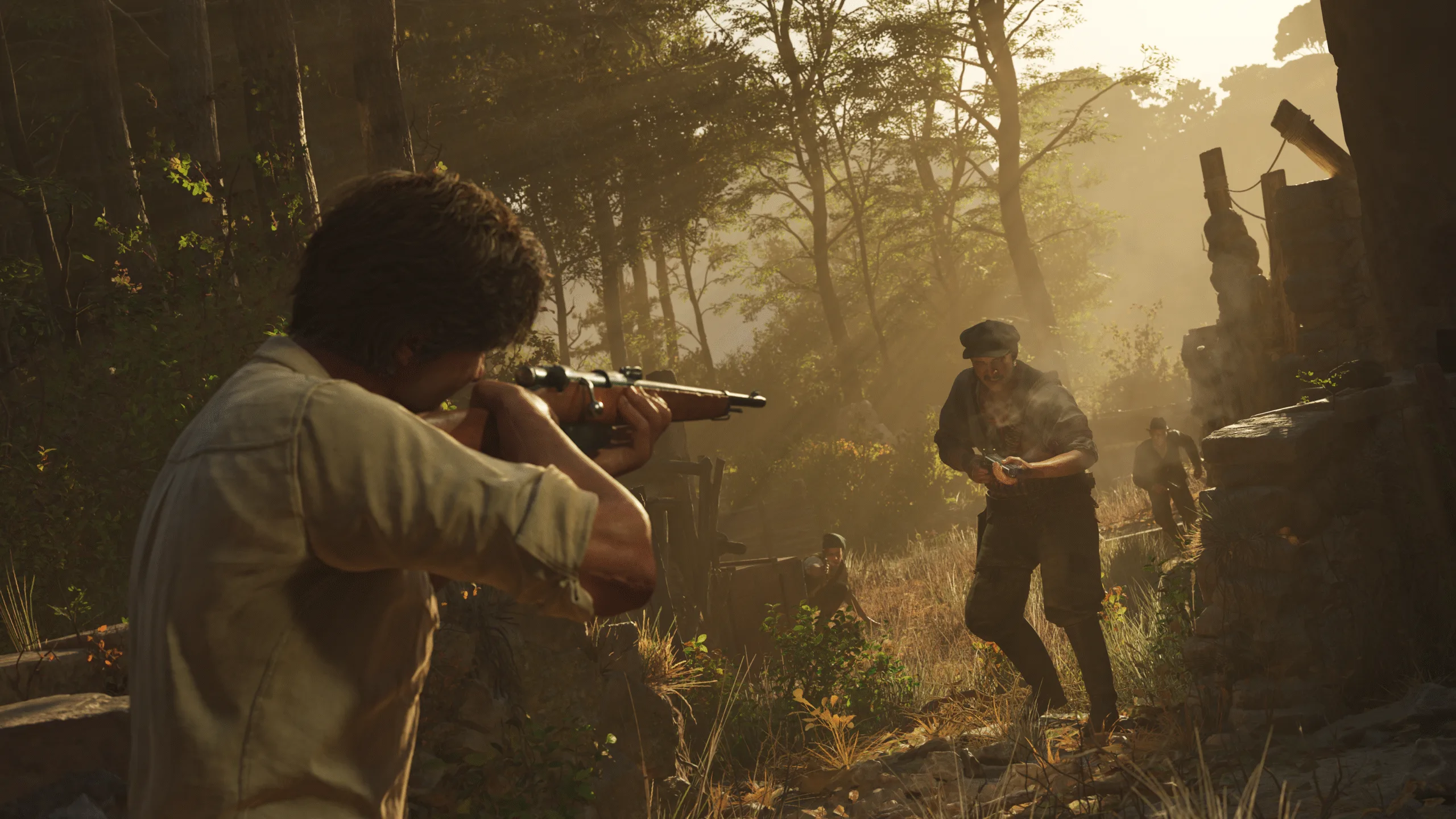
“Mafia: The Old Country” opens in 1904 in Sicily, where Enzo Favara (Riccardo Frascari) works in a deadly mine in the fictional town of San Celeste, previously featured in “Mafia II”. (The game has several connections to previous “Mafia” releases, including little things like a postcard for Empire Bay, the setting of the one that started it all, and big things that we’ve been asked not to spoil.) When greed leads to death in the form of mine explosions, Enzo fights back, assaulting his foreman, who happens to be an underboss in a rising crime family. When Enzo takes shelter in a stable owned by a more powerful don named Torrisi (Johnny Santiago), he finds himself taken in by the charismatic leader, moving to his vineyard estate and running errands for the family. Along the way, he falls for the don’s daughter, Isabella, and the two plan a life together away from all this bloodshed.
While it eventually gets to some traditional third-person shooter combat designed around taking cover and flanking your enemy, “The Old Country” doesn’t exactly come out guns blazing. You learn how to fight with a knife first, a repeated bit of gameplay throughout the game that’s somewhat shallow in terms of mechanics—thrust, swipe, parry, dodge, etc.—but gives the early chapters a different tone than a lot of action games. That old-fashioned sensibility also extends to transportation, as you compete in horse and automobile races that basically serve as tutorials to use them later in the game. It’s also a game that relies more on stealth than combat, a choice that works thematically as well in that Enzo can’t exactly come out of the mines like John Wick. He’s regularly outnumbered and outgunned, forced to sneak his way into position to accomplish his goals.
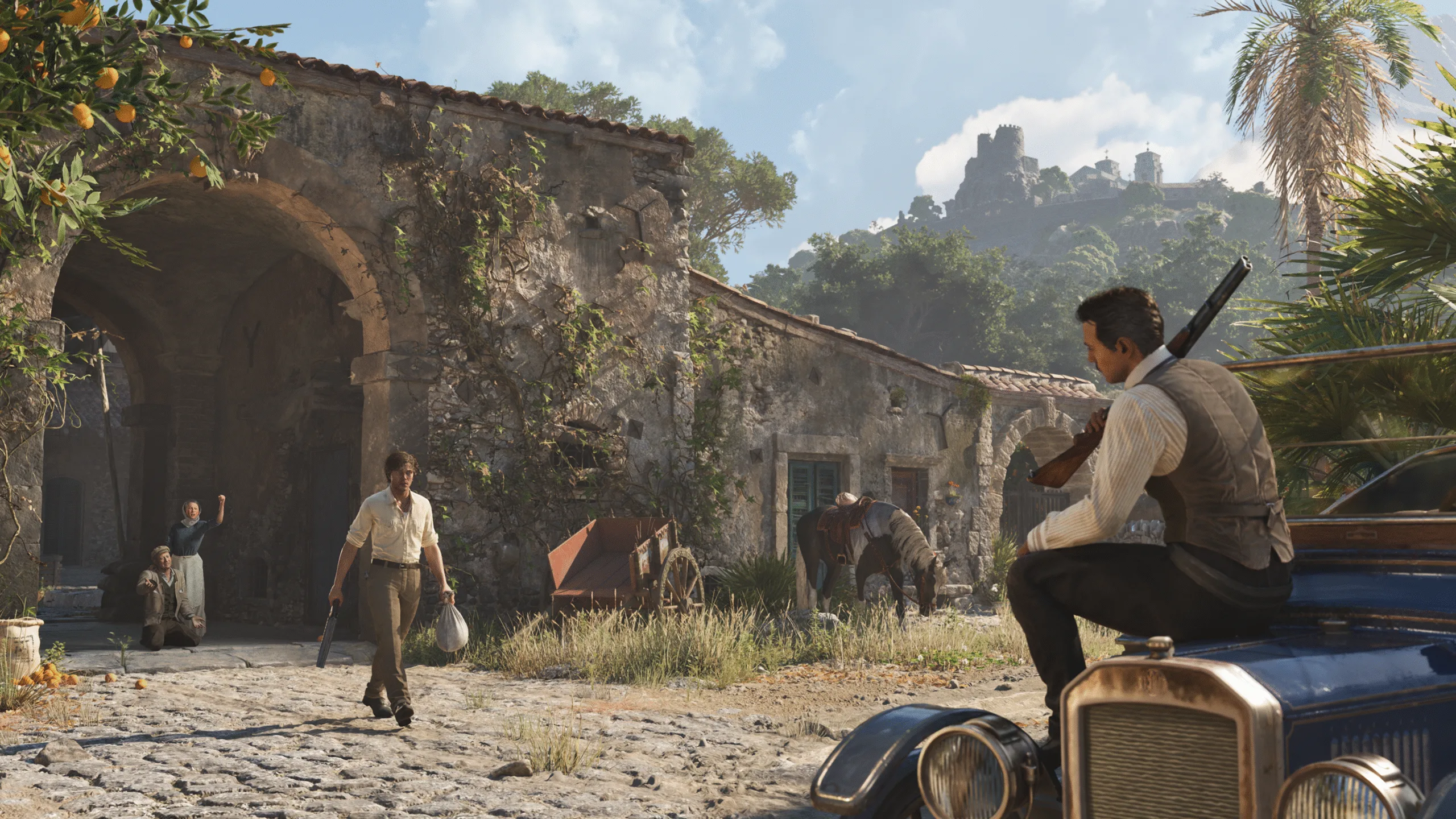
Now, some of the stealth mechanics give “The Old Country” the feel of a game that’s, well, old. Tossing coins to distract dumb enemies or choking out the ones who always seem to be looking the wrong way is a gameplay mechanic that was dated at least a decade ago. And the sense that the gameplay is working from an outdated template pervades some of the game’s chapters. Maybe it’s because I’m old enough to remember when the first game came out, but I found the old-fashioned gameplay more of a throwback than a bug. Yes, it’s sometimes too simple of a game—most experienced players will only die a couple of times, if that—and there’s a version of “this game that takes more risks with gameplay, but it plays into the sense that this is more like an extended TV series or franchise of films than a challenging video game experience. One person’s homage to old games is another person’s outdated gameplay—I fall more on the former side of the ledger here.
And there’s no denying that “The Old Country” is gorgeous. I enjoyed just driving around the hills of Sicily or walking the small towns along the shore. Markets seem vibrant with people, and the natural elements, such as the expansive Italian sky, are gorgeously rendered. Cut scenes aren’t overwritten or overlong, ending just in time to put you back in the driver’s seat. And the voice work and character design are both phenomenal, with characters feeling fully-considered in ways they rarely are in games like this one, especially the leads.
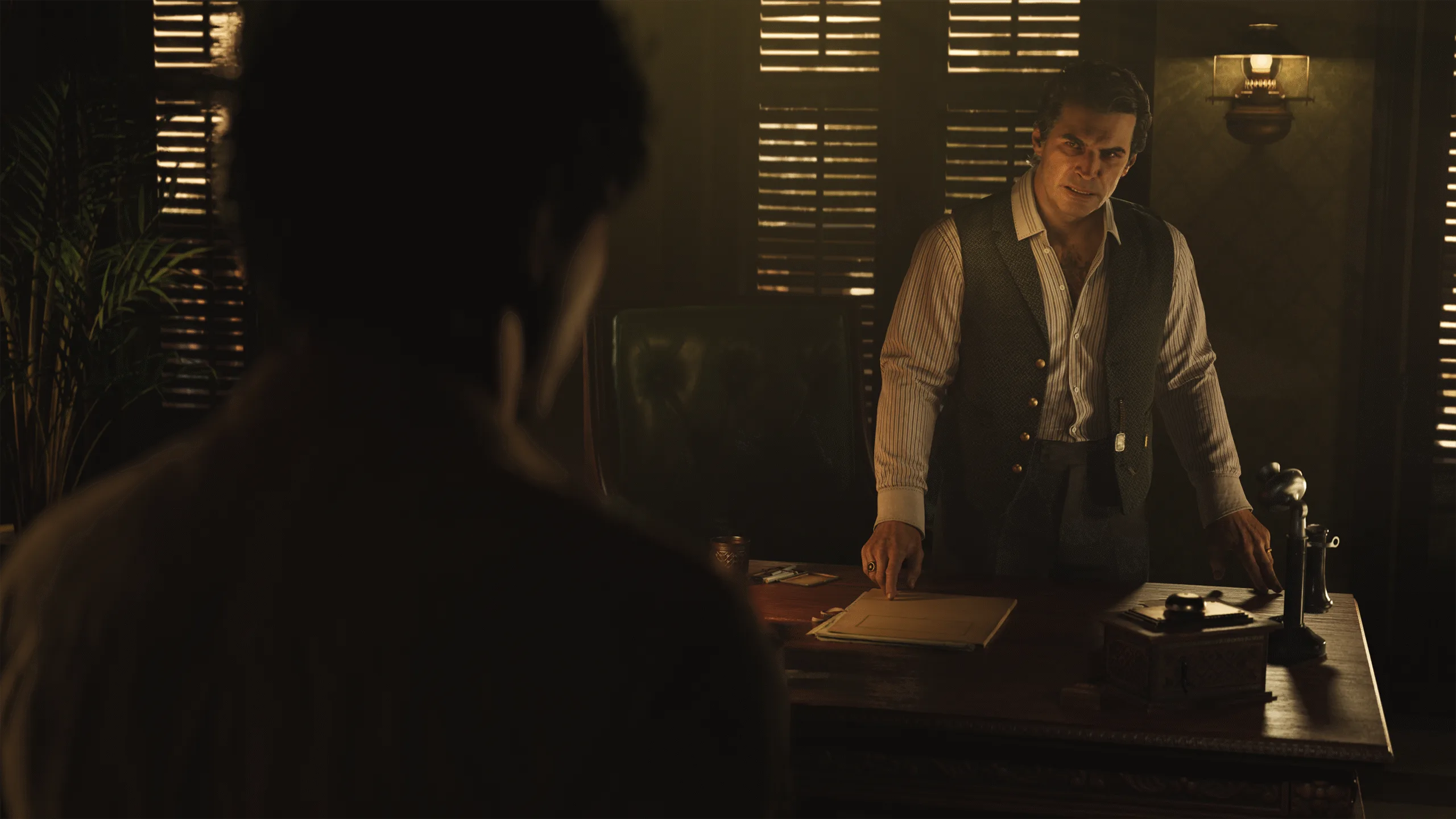
Again, the world feels like it was initially conceived to house a more open-world concept, with a map and dozens of locations that go entirely unused. However, the decision to scrap that and opt for a straightforward narrative actually makes the game’s setting more entrancing. Even the best open-world games can get exhausting for completionists who want to clear every stronghold and investigate every location. That there’s a church in this game that I drove by a dozen or so times that exists to be a detail in the background feels almost refreshing.
Given its lower price point ($50) and shorter length, “Mafia: The Old Country” will likely be considered a footnote in the legacy of this franchise, especially if they return with a proper “Mafia IV.” But this old-fashioned game critic appreciated this old-fashioned game. Sometimes, going back to basics can highlight the things that too many developers overlook in their effort to pack games with quantity instead of quality. This return to linear storytelling in a robust, well-designed game world reminded me of a different kind of gaming joy. One that’s not exactly like a movie, but not from an entirely different family either.
The publisher provided a review copy of this title. It is now available on PC, Xbox, and PS5.

